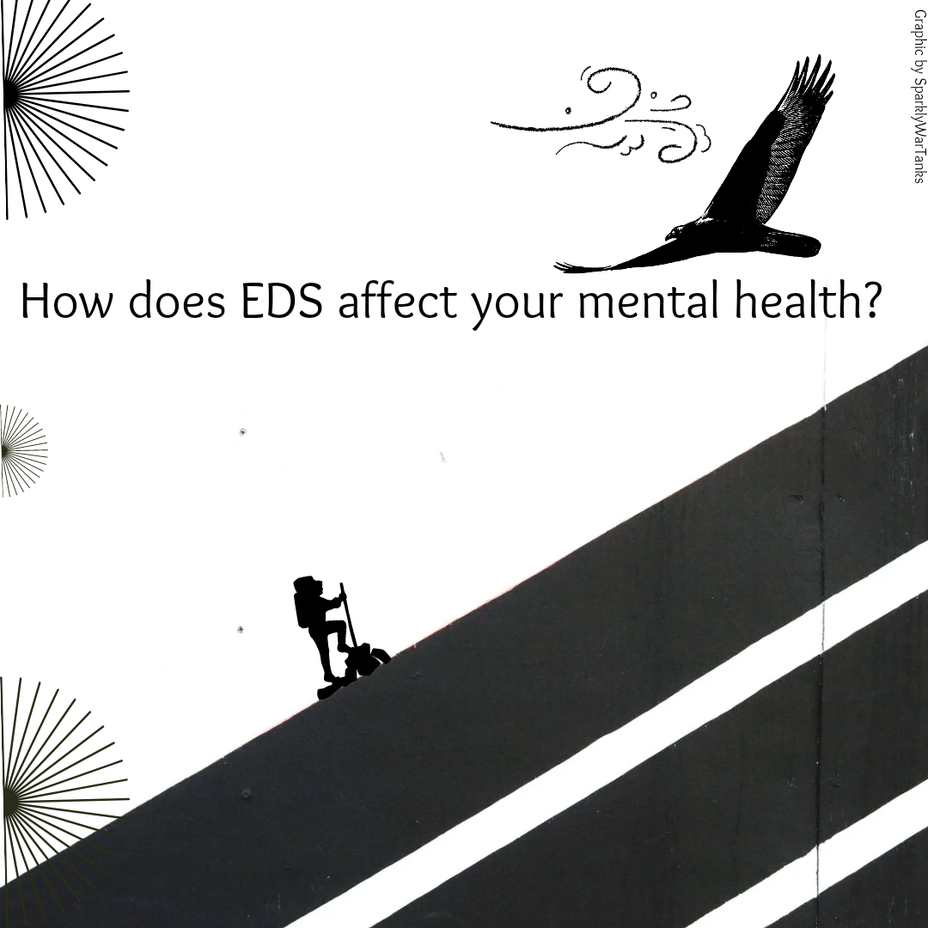Hi Zebras!
I am one of the lucky patients who was able to see Dr. Atwal, one of the EDS Experts who was consulted for this Mighty article: themighty.com/2019/06/what-is-ehlers-danlos-syndrome
I had 2 prior DNA tests.
One said I had vEDS and listed the variant of pathology.
The other said I had dEDS, variant of uncertain significance.
I was diagnosed with hEDS from Mayo Clinic and Dr. Atwal and we decided to do a different type of testing.
Dr. Atwal suggested that I get whole genome sequencing, a form of precision medicine that will take out all of the guesswork so we can finally have an accurate diagnosis and better understand what we are dealing with.
Whole Genome Sequencing is different from the Exome panels that we get for a certain set of genes. Those usually only show a slice of the DNA.
WGS looks at all 26,000 genes and is able to identify all pathologic variants for a multitude of diseases.
My results are going to be in any time now and I am really excited to finally have answers but will be equally as devastated if they come back again with an incurable condition.
There's a part of me holding on to hope that at least one of the many things plaguing me all of my life will be fixable...
If you have had whole genome sequencing, did it help you rule out other conditions that were additional to your EDS diagnosis or help confirm the EDS diagnosis?
If you haven't had WGS, wold you try it and why?
Thanks for sharing and being here for me!









